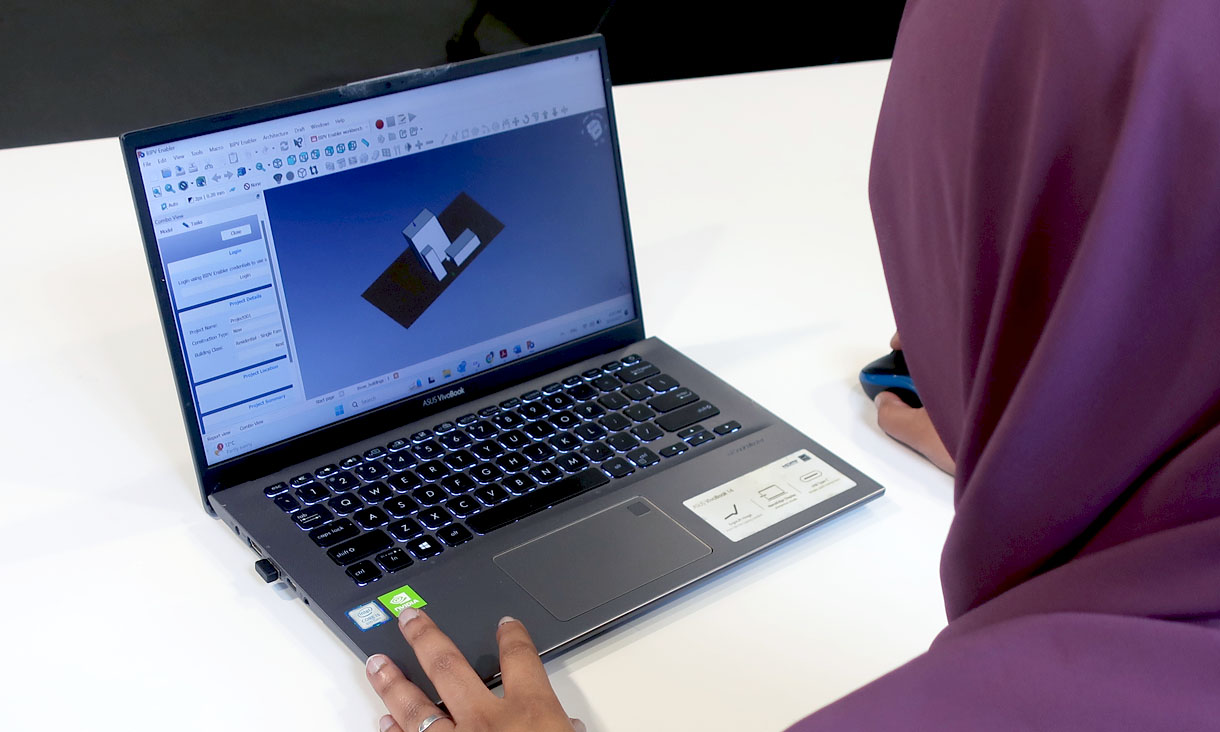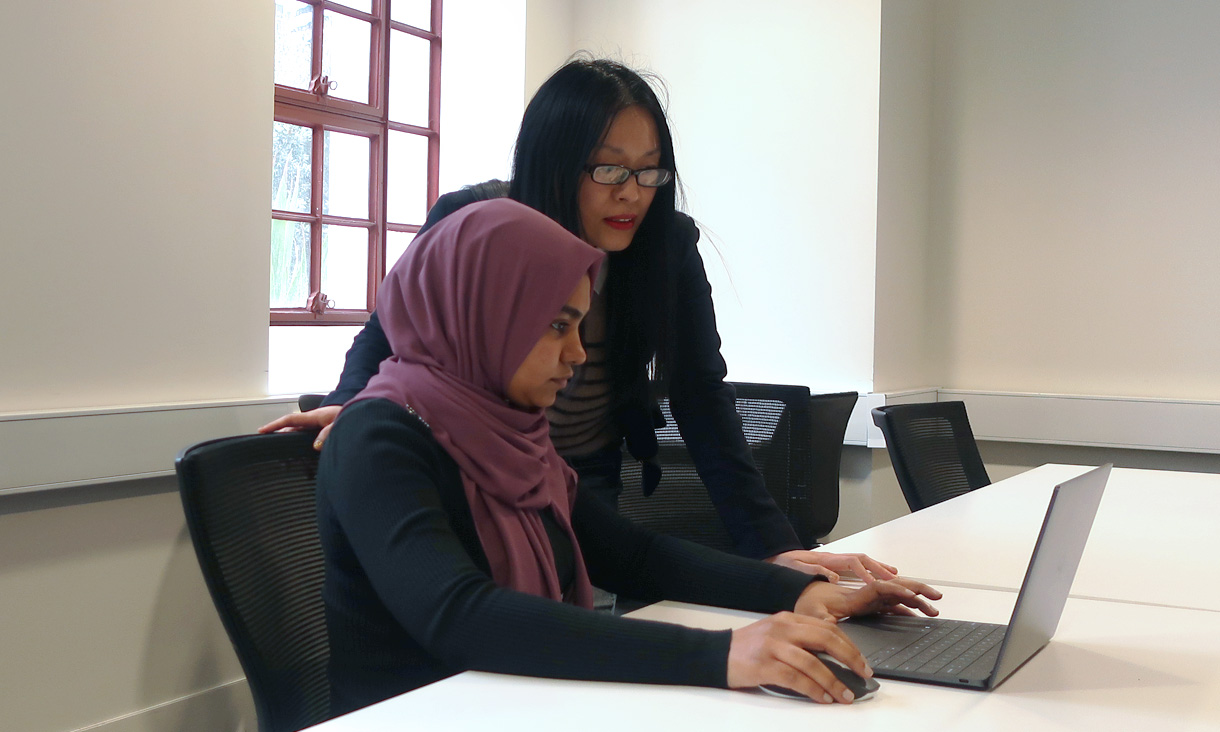RMIT reinforces commitment to preventing gender-based violence with 2024 report
RMIT University continues to strengthen its efforts to prevent and respond to gender-based violence, with the release of the Addressing Gender-Based Violence Annual Report 2024.
Harnessing data to drive liveability
RMIT is collaborating with government and industry partners on an innovative data sharing project, which aims to create more sustainable, liveable and healthier communities.
Designing the world we want: RMIT returns to Melbourne Design Week
RMIT will again be represented throughout the Melbourne Design Week (MDW) program in 2025 with a range of stimulating events presented by its academics, students and alumni.
RMIT security training delivers impact in Asia–Pacific
RMIT’s Transnational Security Training (TST) programs are celebrating 20 years of impactful delivery in the Asia-Pacific region this year, helping to combat transnational crime, promote inter-agency collaboration, and drive career development.






